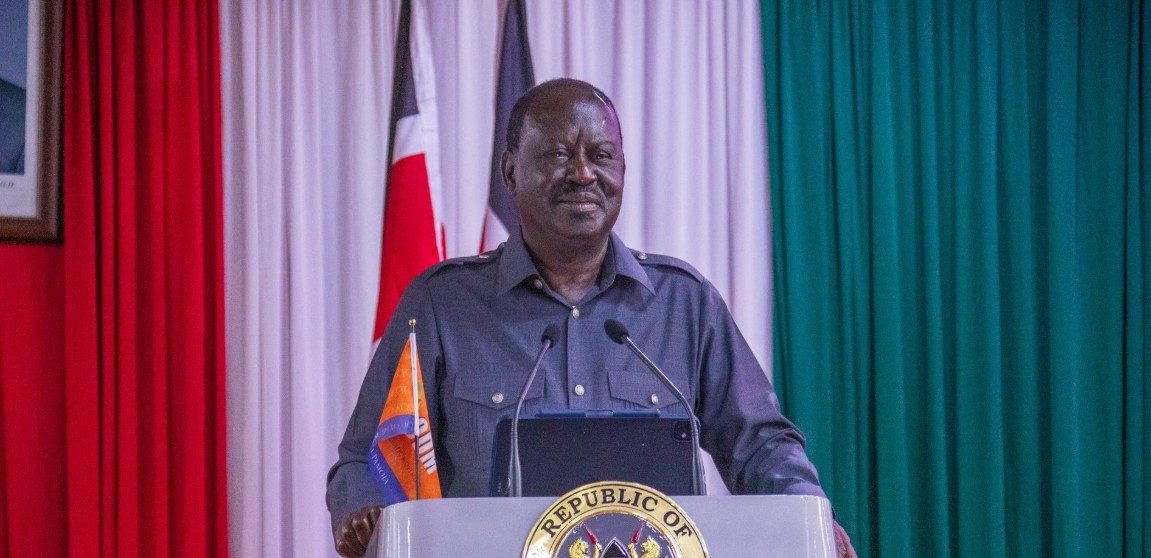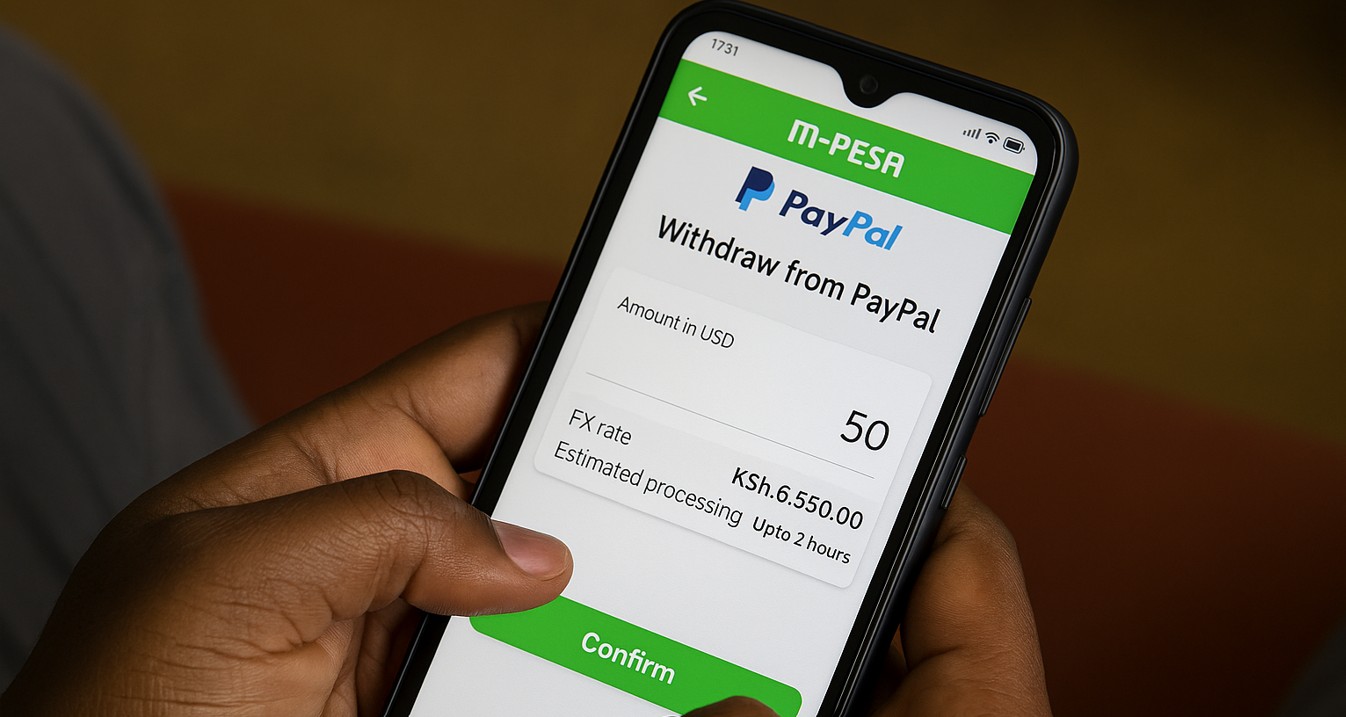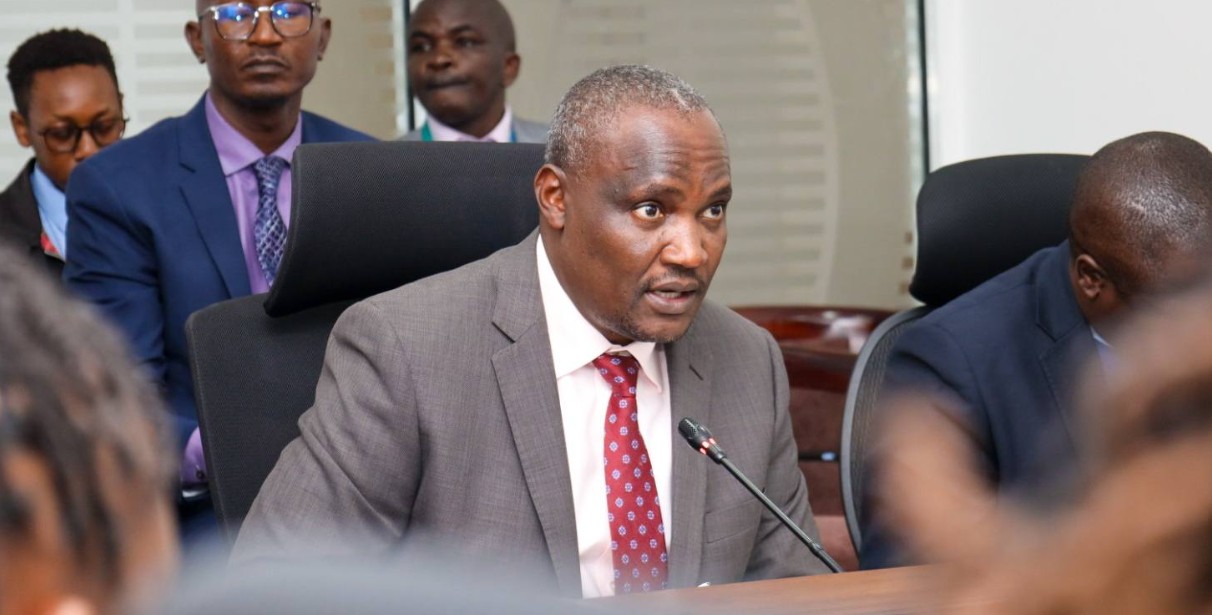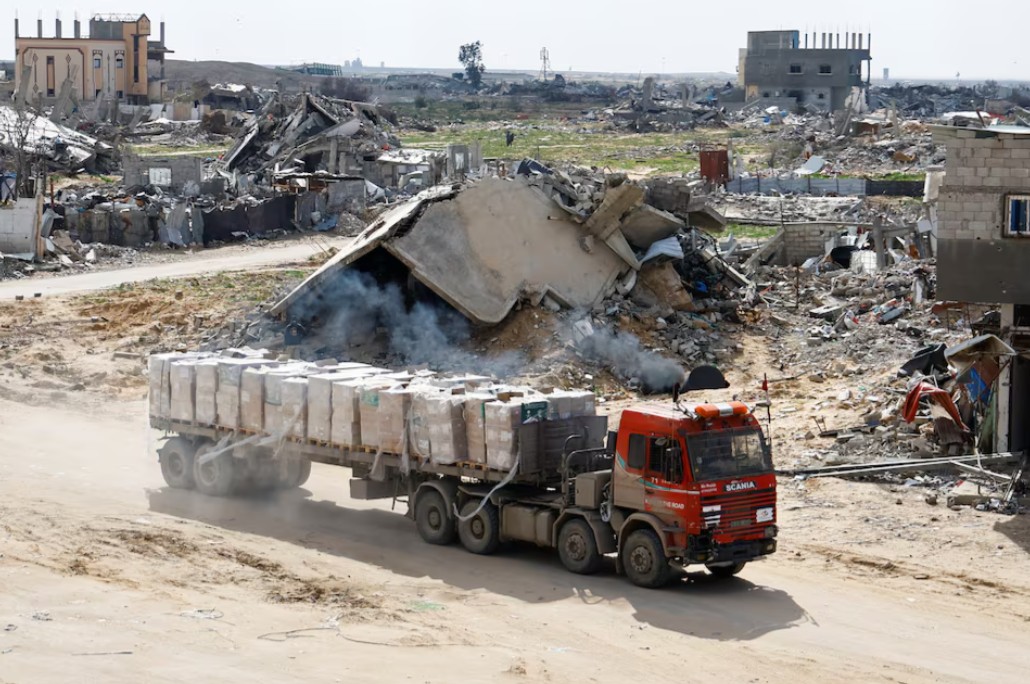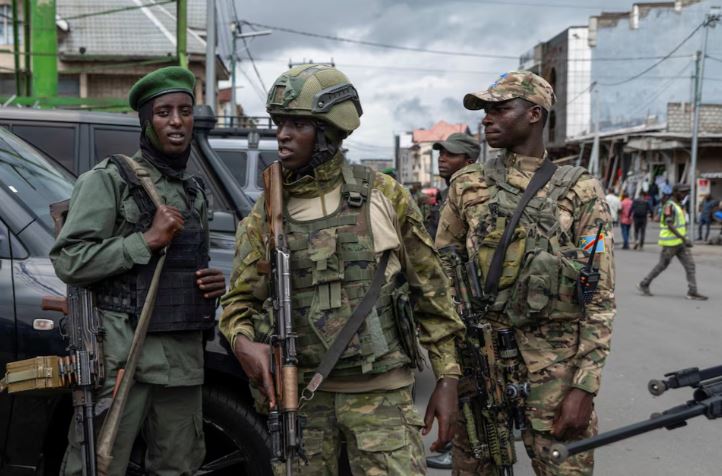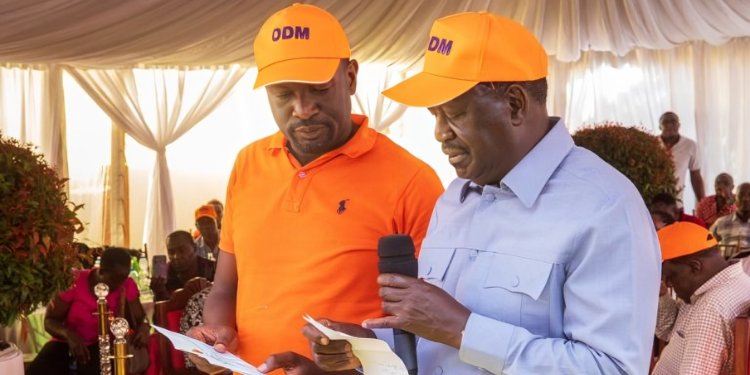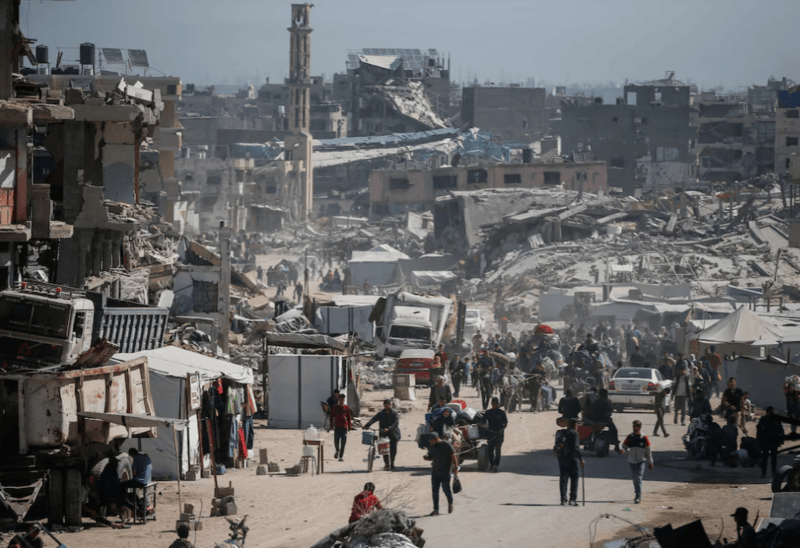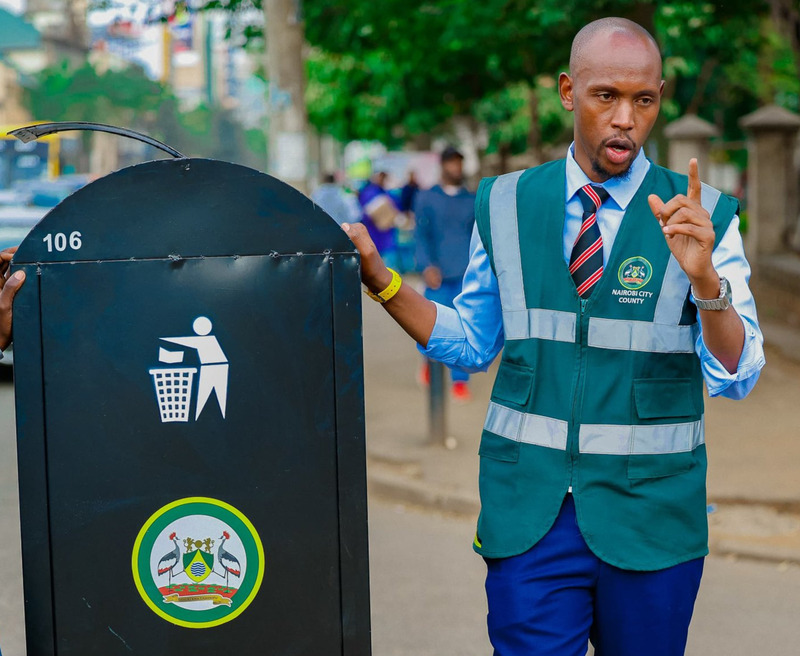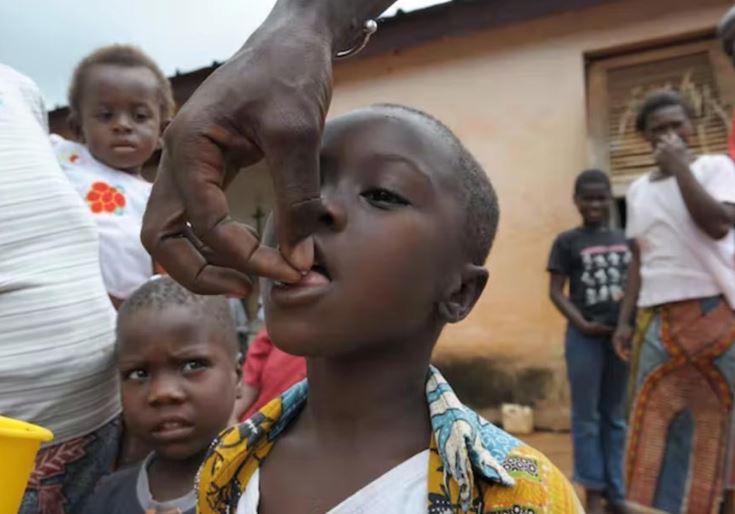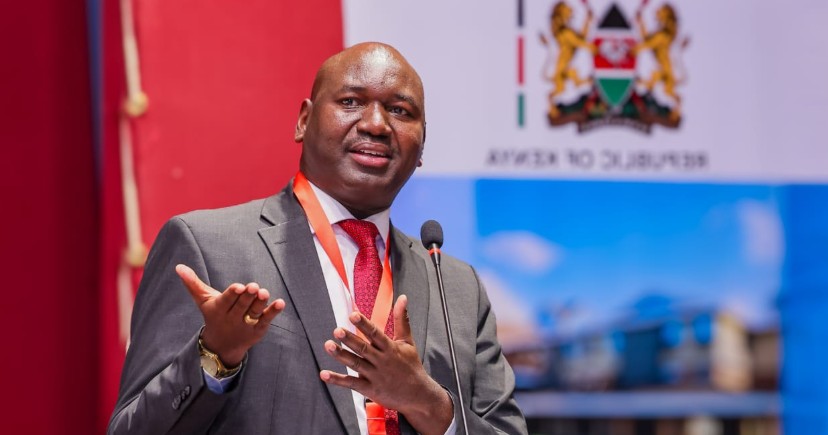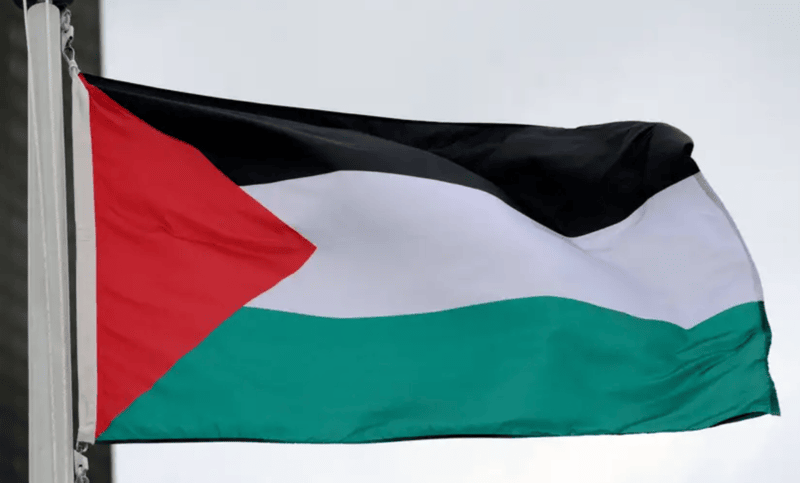IPOA report blames police for deaths, injuries and failures in June-July protests
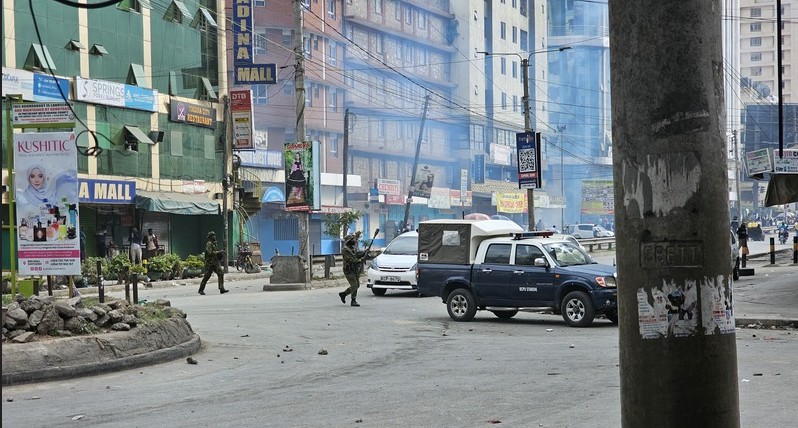
IPOA documented 65 fatalities, injury of 342 civilians and 171 police officers, destruction of public and private property, looting and vandalism of businesses, police stations, motor vehicles, and government establishments as of July 23, 2025.
A report by the Independent Policing and Oversight Authority (IPOA) on police response to the June and July protests has revealed a lack of professionalism, use of disproportionate force, and failure to uphold public safety and rights by the police.
This presented itself in the form of commanding officers' refusal to receive notifications of intended protests, in contravention of the Public Order Act (2012), deployment of uniformed and non-uniformed police officers to manage the protests, who all failed to display name tags or Service numbers in line with Schedule Six of CAP 84 of the Laws of Kenya. It also notes that some police vehicles had concealed number plates.
"The Authority documented instances where The Act requires that any refusal by the police must be communicated in writing to the organisers of the peaceful assembly. Further, Section 5(2) is silent on the course of action available to protest organisers when regulating officers decline to accept such notices. The Public Order Act 2012 does not recognise counter-protests and spontaneous protests, and hence no guidelines to the police on how to police them."
More To Read
- Murkomen puts inciting politicians on notice, vows crackdown in Rift Valley
- Interior CS Kipchumba Murkomen slams LSK for 'backing violent protest suspects over victims'
- Sifuna declares ODM’s MoU with UDA dead, says agreement collapsed after police killings
- Government defends use of terrorism charges in protest crackdown
- Police bosses, DPP sued over Saba Saba protest arrests
- Court detains man accused of using Central OCS Taalam’s phone to extort family and lawyer
During that period, IPOA documented 65 fatalities, injury of 342 civilians and 171 police officers, destruction of public and private property, looting and vandalism of businesses, police stations, motor vehicles, and government establishments as of July 23, 2025.
"Out of the 65 documented fatalities, the Authority, as part of its investigations, has attended 61 autopsies and will attend the remaining when they are scheduled. During the June 25, 2025, protests, 48 complaints were registered with IPOA by members of the public, while 70 cases were reported during the Saba Saba protests on July 7, 2025," the report notes.
The major protests that happened in the two months included those held on June 12 2025, following the death of Albert Ojwang' in police custody, which triggered public anger, resulting in the protests.
Follow-up protests were held on June 17, 2025, in Nairobi and Mombasa, calling for justice for Mr. Ojwang's death at the hands of the Police at Central Police Station.
These were followed by June 25, 2025, protests that sought to commemorate the killing of protestors during the Anti-Finance Bill 2024 (Gen-Z) protests, which peaked on 25th June 2024.
The final protests were held this month, on July 7, 2025, to commemorate the 35th Saba Saba movement, which began in the early 1990s during the agitation for the resumption of multi-party politics in Kenya.
IPOA said it physically deployed forty-eight (48) monitors who covered the four protests in Mombasa, Meru, Embu, Nyeri, Laikipia, Nakuru, Uasin Gishu, Kakamega, Kisumu, Nairobi, Kiambu, Kajiado and Machakos and did post monitoring in the Counties of Makueni, Kirinyaga, Nyandarua, Murang'a, Bungoma, Kilifi, Tharaka Nithi and Kisii.
The monitoring was done in collaboration with other stakeholders, including the NPS, KNCHR and Hospitals.
According to the authority, misconduct and breach of public order were observed and documented, including looting and vandalism of shops, malls, and public infrastructure in Nairobi, Meru, Mlolongo, Kakamega, and Nakuru counties.
Destruction of police stations, vehicles (including exhibits), and government offices in Juja, Makongeni, Kikuyu, and Matuu was also documented.
Concerning hooliganism, IPOA says goons infiltrated peaceful protests, especially in Nairobi and Uasin Gishu, leading to the mugging of pedestrians and the destruction of road furniture.
In Mombasa, protestors refused to disperse after being addressed by the County Commissioner and attempted to force entry into restricted government offices,
"These actions undertaken by goons who infiltrated the protests undermined the principles of peaceful assembly and contributed to the escalation of violence, injuries, and fatalities," the report shows.
Destruction of pathways, pavements and litter bins by protesters was observed. Two civilian motor vehicles were burned near Kencom Building.
In Nairobi, Police personnel from the General Service Unit (GSU), Critical Infrastructure Protection Unit (CIPU), and General Duty (GD) were deployed from various stations across Nairobi County.
Plainclothes officers were also observed. No police injuries were reported. However, civilians wielding wooden sticks were seen infiltrating the protest.
In Mombasa, the protest organised by human rights defenders, civil society organisations, media personnel, and youth groups (Gen Z) to demand justice for Mr. Ojwang's death remained peaceful and consisted of an unarmed group of approximately forty persons.
Four protestors were arrested along Digo Road while one suspected protester was assaulted and injured. No fatalities were observed during the protest.
Police officers deployed to manage the protest were drawn from the Kenya Police Service (General Duty), GSU, Administration Police Service (APS), Kenya Prisons Service, and Kenya Forest Service (KFS).
The report particularly notes that the anti-Finance Bill 2024 (Gen-Z)'s Commemorative protests held on June 25, 2025, were widespread, resulting in 23 fatalities, 195 civilian injuries, 99 police injuries and 362 arrests were recorded across areas where active protests were monitored.
During that day, widespread destruction of property was further witnessed as follows: In Uasin Gishu county, Khetias Supermarket was looted in Kamukunji, Huruma area, Police Station vehicle was also vandalised in Huruma informal settlement area.
In Kakamega, police vehicle windscreens damaged, in Bungoma two police vehicles and nine civilian vehicles damaged, in Malindi a DCI vehicle windscreen was destroyed by pelted stones and in Meru eight police vehicle windscreens shuttered as Bei Sawa Supermarket and White Star Hotel situated at Makutano area got looted, Magunas Supermarket at Makutano windows shattered, supplies in transit on a Magunas Supermarket lorry looted, and Meru TTC gate destroyed.
In Embu, KRA offices, Safaricom Shop, Mathais Supermarket, NSSF, National Bank, Post Bank, Equity, HFC Premises and Our Lady of Lourdes Hospital were looted, KRA motor 7 vehicle burnt, and CS Ruku's residence gate burnt down, Amazing Data Micro-finance, Maathai, Mini, Quin and Cylet Supermarket.
In Machakos, IPOA recorded looting of shops, damage to police and private vehicles at Mlolongo and Matuu Police Stations.
In Kajiado, three police vehicles' windshields were damaged. In Kitengela, five police vehicle windshields were damaged, and in Rongai, two civilian vehicles were damaged in Rongai. Looting of shops was observed around Kware Market.
In Nairobi, two vehicle windscreens were damaged, Magunas and Elimatt Supermarkets (Kahawa West), Quickmatt Supermarkets (OTC, Roysambu and Githurai 44), Family Bank (Kahawa West), and Equity Bank (Kahawa West).
In Kiambu, police and private motor vehicles held as exhibits were destroyed, Juja Police Station fence destroyed, DCC offices and vehicles in the compound destroyed, and Makongeni Police Station invaded, windows shattered, two vehicles and two motorcycles were burnt while others were destroyed, including the Cooperative Bank (Kiambu).
In Makueni, two motor vehicle windshields were damaged, in Nakuru, a Total Petrol Station was vandalised and several LPG gas cylinders were stolen, in Molo Police Station kiosk was looted, Molo Sub-County's fire engine, two other vehicles, and a tractor were burnt, and the Capital supermarket was looted. Khetia Supermarket Naivasha was also looted.
In Kirinyaga, Silmart and County Supermarket were looted. Murang'a County Supermarket was looted, and in Nyeri, Naivas Supermarket was looted.
"Except in Mombasa County, where the approach to policing of protests was done fairly well, the police in the other counties monitored, deemed the protests as riots and hence focused on quelling these riots instead of facilitating the demonstrations by ensuring the maintenance of peace and order as envisaged by the Public Order Act. This approach undermined any possibility of holding peaceful protests in areas monitored. The police response ranged from providing security from a distance to active engagement involving the use of teargas, arrests, rubber bullets, and live ammunition," notes the report.
IPOA concluded that the National Police Service (NPS) did not effectively facilitate the protests as envisioned under Article 37 of the Constitution and did not intervene in counter-protests that appeared to support the Government.
"The Authority observed both commendable displays of restraint and professionalism by police officers, as well as concerning patterns of excessive use of force, lack of accountability, and inadequate preparedness. The monitoring exercises also highlighted systemic challenges, including inconsistent enforcement of the Public Order Act, anonymous police officers and vehicles, lack of provision of first aid, poor welfare conditions for officers, gaps in engagement with protest organisers and the trend where protestors who are initially peaceful turn violent. These shortcomings collectively contributed to the injuries, fatalities, and property damage experienced during the demonstrations," the report concludes.
Top Stories Today
